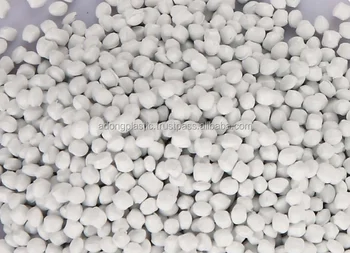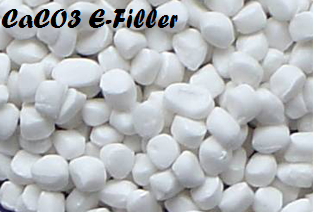The new technology allows the use of filler fractions up to 90%, dividing them into 2-3 feed positions from batteries, such as side feed augers, gravimetric filler feed, reverse ventilation and excellent feed efficiency. The moderate shear rates of the co-knuckle make it easy to handle the high viscosity that occurs at a high level of filling.
A wide range of compositions with a single configuration of augers
Processing a wide range of formulations with a single screw configuration can be a daunting task. Meanwhile, co-kneeler technology is known for this specific property. Due to the technological length, which in most cases is half less than that of similar systems, moderate and adjustable shear rates, as well as variability flexibility when forming the auger configuration for the master batch ?
Mixing using masterbatches

All major tire production mixes are prepared, as a rule, in rubber mixers. In the new factories, one- and two-stage mixing processes are carried out using high-speed mixers. Uterine accelerator blends, adhesive blends, and mixtures for isolating wire films are usually made on rollers.
The use of masterbatches, pastes and compositions in rubber mixtures does not fundamentally change the order of mixing. The masterbatch is developed at the beginning of the process at a minimum gap, then the gap is increased, and ingredients are introduced into it. Pastes and compositions are administered in the same sequence as the ingredients, which are their main part.
To improve technological compatibility, mixing of rubber with resin or plastic should be carried out at a temperature above their melting temperature. Intensification of mixing, the use of masterbatches, the introduction of a soft component into a more rigid one, the use of general structuring substances increase the homogeneity of the mixture and improve the properties of vulcanizates.
In the manufacture of mixtures in a rubber mixer, the same procedure for the introduction of ingredients is observed as in the rollers. For mixtures with a high content of fillers, the use of soft B.-N.K is recommended. When using fillers of different activity, the first ones are loaded with more active ones. Sulfur is recommended to enter in the form of masterbatches. The average duration of mixing in a rubber mixer is 15 minutes. The temperature of the mixture being discharged is 130-150 ° C. Paging is performed on cold rollers for 6-8 minutes. In the two-stage model of manufacturing highly filled mixtures in the rubber mixer in the first stage, part of the fillers is introduced into the resulting masterbatch after it has been browned and cooled, sulfur and the rest of the ingredients are introduced.
The introduction of a stabiliser in a powdered polymer is applied to polyolefins, PVC and polyacetals. This method of mixing does not provide a fairly homogeneous distribution of the stabiliser. Additional homogenization of the mixture is carried out during the subsequent melting of the polymer during granulation or rolling. Improving the distribution of the stabiliser in the polymer is also achieved by using masterbatches. In this case, a polymer powder containing a large amount of a stabiliser (10%) is mixed with unstabilized powder to achieve the desired concentration.


